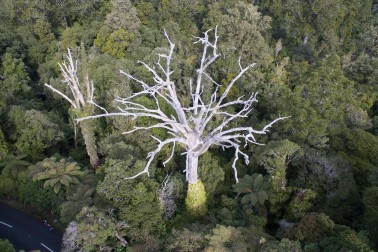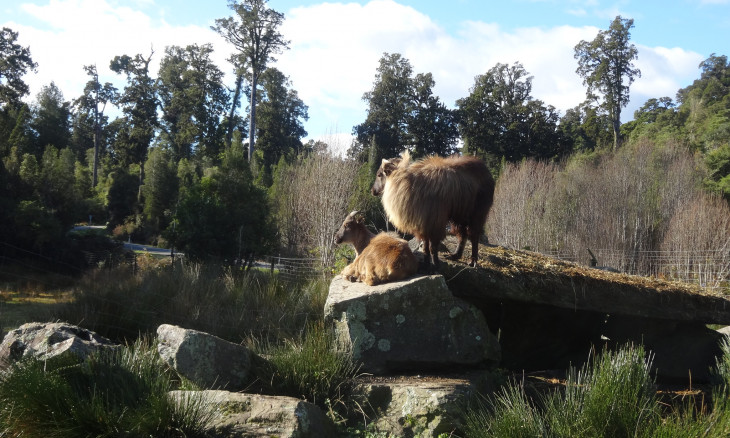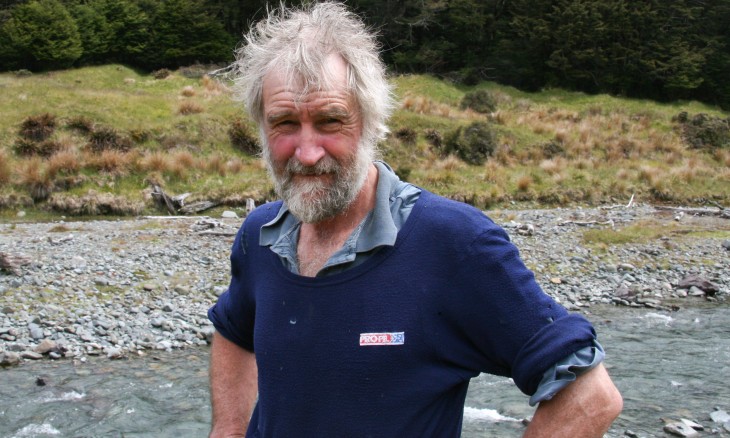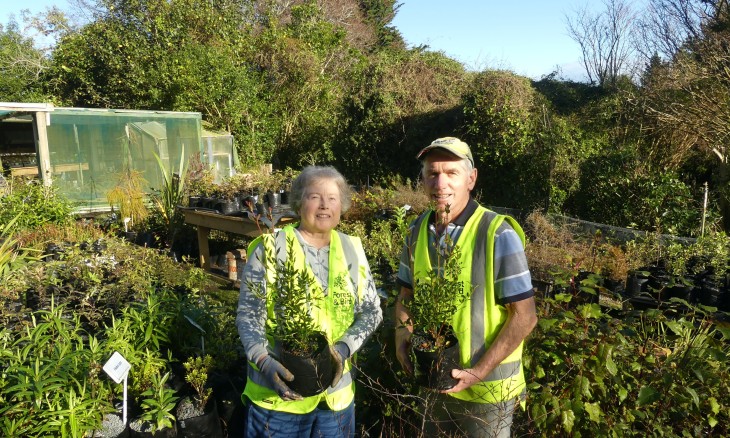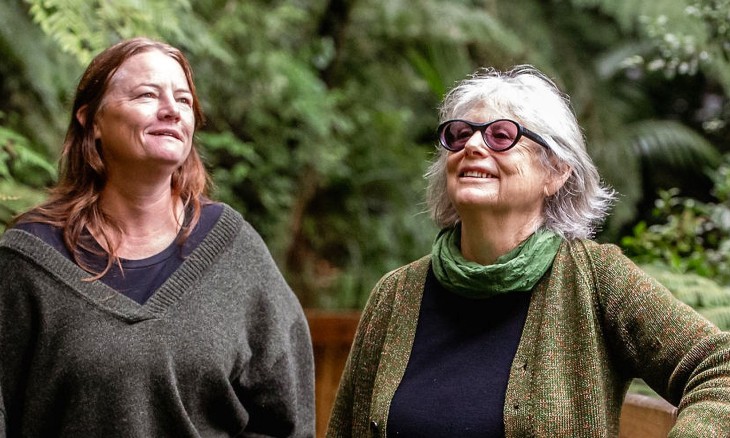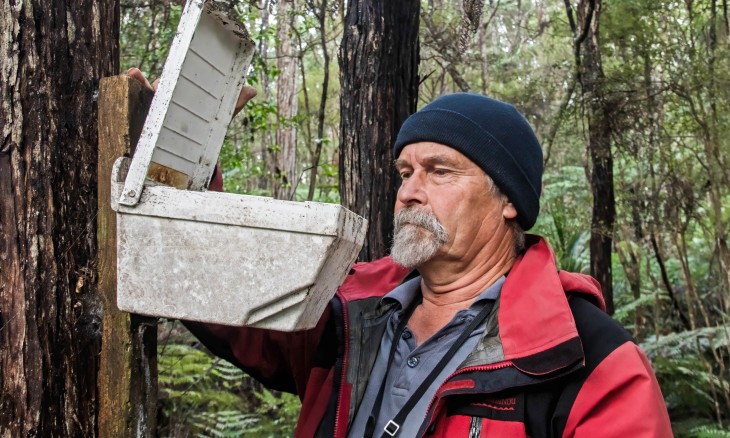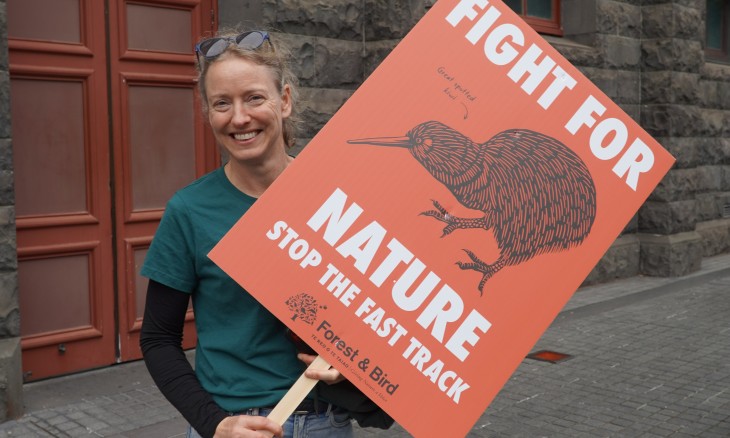Why it matters
Kauri dieback disease is caused by a microscopic spore that attacks the roots and trunk of kauri trees, damaging the tissue that carries nutrients, and causing them to starve.
Stop the spread
The best thing you can do to stop the spread of kauri dieback disease is to stay away from all areas with kauri forest unless you are undertaking vital predator control work.
The spore (Phytophthora agathidicida) is spread by soil disturbance and is mainly carried between trees in the mud on our shoes or outdoor equipment.
In the Waitākere Ranges, one study found that 70 percent of infected trees were within 50 metres of a walking track.
Pigs also spread the disease. They disturb and carry soil while rooting around for food on the forest floor. When pig numbers are controlled, the vegetation begins to regenerate and the pigs feed on that rather than digging up the
forest floor.
Dogs that are allowed to roam off leash also spread the disease. Small animals like
birds, rats and possums also move small amounts of soil and are less of a risk.
What is Forest & Bird doing?
Forest & Bird is campaigning for urgent and drastic changes to the national Kauri Dieback Programme.
We believe the national Kauri Dieback Programme has been seriously mismanaged by the Ministry for Primary Industries and that urgent and drastic changes need to be made to the way it is run. We are calling for:
- The establishment of an independent National Pest Management agency to manage the
kauri dieback programme, governed with representation from community experts, science,
environmental groups, relevant government agencies and iwi - An urgent programme of ground surveillance with a particular focus on areas that may be
uninfected - The total closure of all forests with healthy kauri – to protect and try to stop the extinction
of kauri in mainland forests - Increased aerial predator control to improve the overall health of the forests
- Urgent focus on research – in particular, a cure for the disease, the effects of the pathogen
on other species and effective cleaning solutions - The public closure of all forests with unhealthy kauri (unless they have adequate tracks that
stop soil movement, and adequate cleaning facilities) - A comprehensive national programme for pig control
- Border control measures against kauri dieback at domestic airports and ferries in areas such
as Great Barrier, Waiheke and Coromandel
How to spot kauri dieback disease
Kauri dieback disease affects the roots and trunk of kauri trees. Trees with the disease will have:
- Yellow leaves
- Dead branches
- Thinning canopy
- Bleeding gum at the base of the tree, which spreads around the trunk to form a collar
If you find a kauri tree with signs of the disease, you can report it to the Kauri Dieback Management Team by calling 0800 NZ KAURI (0800 695 2874)
Kauri dieback doesn't just affect kauri
At least 17 other species depend entirely on kauri and this soil type in order to survive. If we lose kauri, we will lose these species too. Kauri are a keystone species and create a unique acidic soil type called a kauri podsol.
Recent studies found that other native plant species are being affected by the disease. Studies from Auckland University have found that the disease affects tanekaha and could affect many more species

